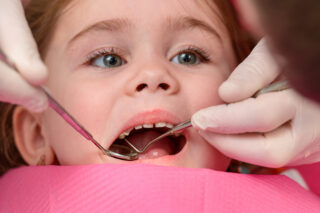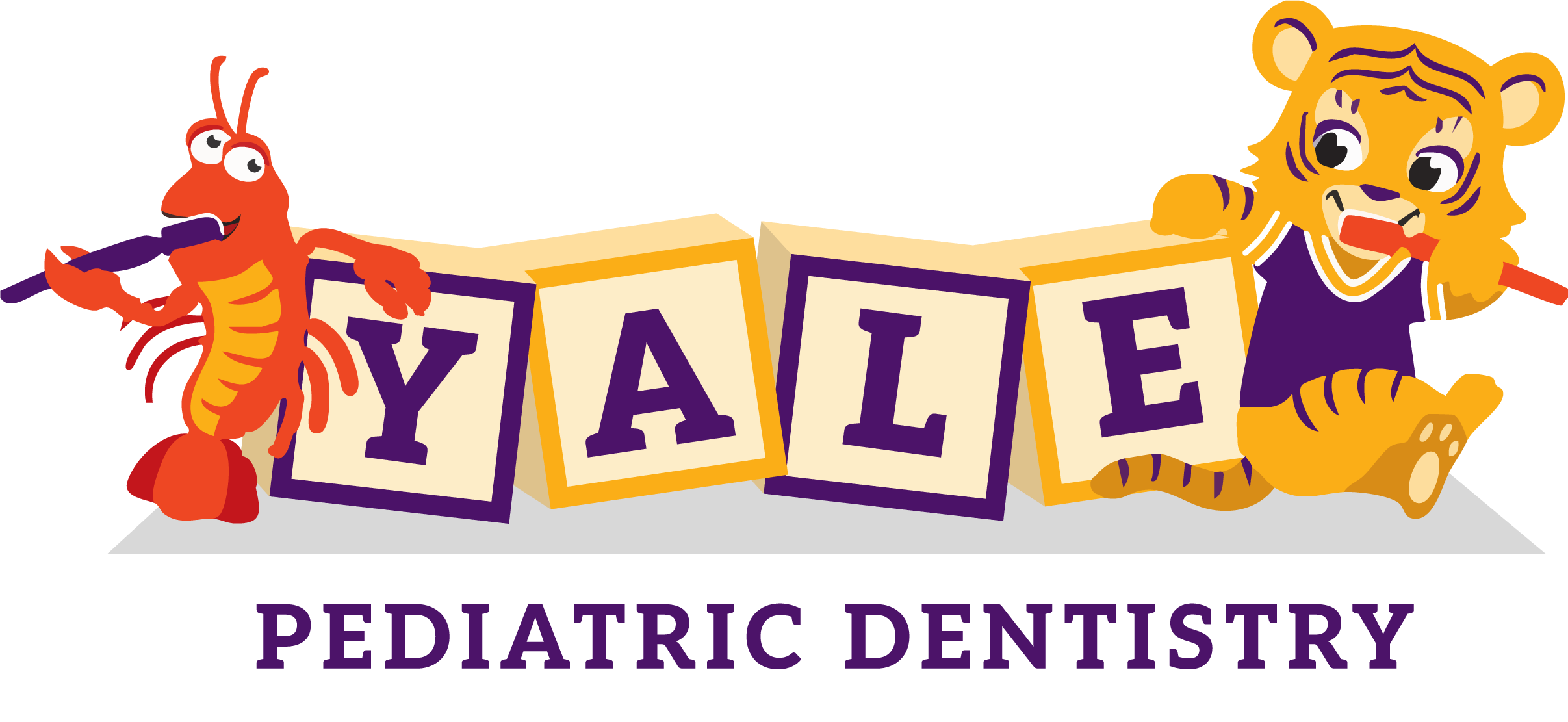
Pediatric Dentistry
Pediatric dentistry focuses on the oral health of infants, children, and adolescents, including those with special needs. Early, specialized care prevents problems, builds healthy habits, and protects growing smiles for life.
Healthy teeth and gums support overall well-being, making pediatric dentistry essential for a lifetime of confident smiles and good health.

A child’s first dental visit should feel welcoming, not worrisome. Children aren’t born fearing the dentist—it’s often the unknown that feels intimidating. That’s why our team takes extra care to use friendly, easy-to-understand language to explain each step. From the moment you arrive, we want both you and your child to feel completely at ease.
The American Academy of Pediatric Dentistry recommends that children see a dentist by their first birthday. This early start ensures that newly erupted teeth—often appearing between six and twelve months—get the care they need right from the beginning. Building healthy habits early sets the stage for a lifetime of confident smiles.

Getting to know their teeth
Your child’s first baby teeth usually appear between 6-12 months and continue emerging until around age three. Tender gums are common during this time, and a clean finger, cool wet cloth, or teething ring can help soothe discomfort.
Baby teeth will naturally fall out at different stages throughout childhood, making way for permanent teeth, which begin arriving at about age six and continue through early adulthood. Adults typically have 28 permanent teeth (32 if wisdom teeth are present).
Healthy Habits from the Start
As teeth come in, check them every couple of weeks for signs of discoloration or lines that may indicate decay. Since sugars in food and drink can harm new teeth, help your child brush after eating whenever possible. We recommend brushing twice a day with a soft-bristled toothbrush.
For babies, use a rice-sized smear of toothpaste; for children under two, only use fluoride toothpaste if your dentist advises it. Brushing can—and should—be fun, so let your child watch you, brush alongside them, and make it part of the daily routine.
Flossing is another key step, and your dentist can guide you on the best time to start. If you spot signs of decay, don’t wait—schedule a visit right away.

Preventing Tooth Decay
Tooth decay happens when sugars left in the mouth turn into acids that break down tooth enamel. Children are especially vulnerable because they’re still learning consistent oral hygiene habits. The best defense is a combination of proper brushing, daily flossing, and regular dental visits.
We recommend checkups and cleanings every six months. Fluoride treatments twice a year can help strengthen teeth, while sealants protect the deep grooves in molars where decay often starts. Sealants can last for years and will be checked at every visit to ensure they’re still doing their job.
All Services
Get In Touch With Us
Fax (225) 664-6240


